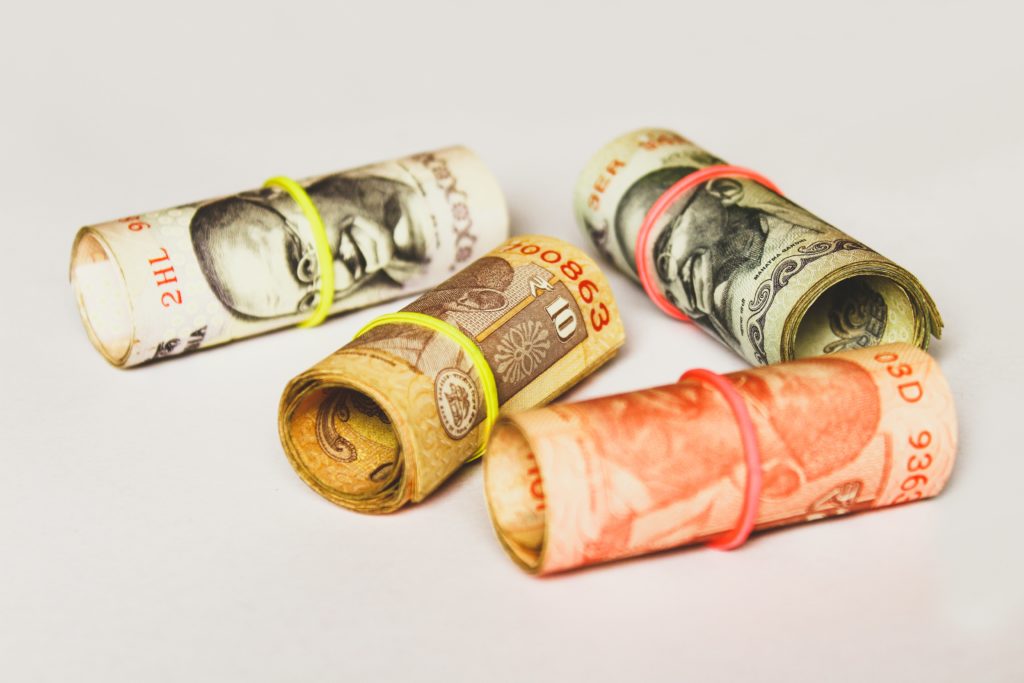Ashraf Engineer
March 19, 2020
 Slowing growth, diminished cash flows, a seemingly unending banking crisis, and now the coronavirus… it’s no wonder the ‘R’ word is no longer being mentioned in hushed whispers. Even until the beginning of 2019, though growth was slowing, the general perception was that the economy would break through soon. But, as growth slowed to a six-year low of 4.7% in the last quarter of 2019 and the coronavirus outbreak blotted out the sun, suddenly the prolonged slowdown turning into a recession seemed like a possibility.
Slowing growth, diminished cash flows, a seemingly unending banking crisis, and now the coronavirus… it’s no wonder the ‘R’ word is no longer being mentioned in hushed whispers. Even until the beginning of 2019, though growth was slowing, the general perception was that the economy would break through soon. But, as growth slowed to a six-year low of 4.7% in the last quarter of 2019 and the coronavirus outbreak blotted out the sun, suddenly the prolonged slowdown turning into a recession seemed like a possibility.
A mammoth systemic issue and a microscopic organism have joined hands to deal India a double whammy.
The rapid spread of coronavirus has led to nations locking down, businesses closing their doors and entire industries finding themselves on the brink – no one believes a global recession is unlikely as governments scramble to limit the economic damage and contain the pandemic.
At the time of writing, India had reported 142 coronavirus cases and three deaths. However, it’s all but certain that this is only because of the lack of testing facilities and poor reporting.
What lies ahead
 In India, statistics show that growth peaked in late 2017 and included a sharper drop in investment than previously believed. Many believed that growth would pick up in the final quarter last year, but a rebound now seems out of reach. The Organisation of Economic Cooperation and Development underscored this with its estimate that India would grow at 5.1% in the 12 months to March 2020, down from its previous estimate of around 6%. Ratings agency Fitch was more pessimistic, trimming its growth estimate for the same period to 4.9% from 5.1%.
In India, statistics show that growth peaked in late 2017 and included a sharper drop in investment than previously believed. Many believed that growth would pick up in the final quarter last year, but a rebound now seems out of reach. The Organisation of Economic Cooperation and Development underscored this with its estimate that India would grow at 5.1% in the 12 months to March 2020, down from its previous estimate of around 6%. Ratings agency Fitch was more pessimistic, trimming its growth estimate for the same period to 4.9% from 5.1%.
The trade impact in India is estimated to be the highest for the chemicals sector at $129 million, textiles and apparel at $64 million, automobiles at $34 million, electrical machinery at $12 million, leather products at $13 million, metals and metal products at $27 million dollars, and wood products and furniture at $15 million. This puts India in the top 15 most affected economies, according to a United Nations report.
The likely sharp decline in government revenues will be matched by growth as investor sentiment plummets, impacting privatisation and industry. This despite a sharp plunge in crude oil prices. Few buy ministers’ claims that coronavirus won’t impact the economy and that growth will rise to 6% in the coming financial year.
It doesn’t help that the Narendra Modi government seems to be out of ideas, banking instead on poorly-timed asset sales. Finance Minister Nirmala Sitharaman looks increasingly hapless as senior Finance Ministry bureaucrats contradict her off the record to say revenue targets will almost certainly be missed for the current and coming fiscals. One of the biggest shortfalls could come from the privatisation – if it happens – of Bharat Petroleum Corp, the price for which could contract by $2 billion as compared to initial estimates. Coupled with the probable postponement of equity sales in public sector firms like Coal India and Steel Authority of India, privatisation targets could be a distant dream.
Tax receipts, meanwhile, are shrinking in lockstep with consumer demand. The impact on the automobile industry has been well documented, and travel is the latest casualty of the lockdown. Tour companies say Q4 earnings will plunge by at least 60% from a year ago as hotels and airlines face mass cancellations. India earns $30 billion from foreign tourists every year.
China, the world and us
 Incidentally, China isn’t as decoupled from India as most people think. China is a major supplier for sectors like automobiles and healthcare – India gets 70% of pharmaceutical ingredients and 25% of auto parts from China. Everyone’s feeling the pinch. Harsh Goenka, chairman of the RPG conglomerate, was quoted as saying supplies of chemicals and other materials from China would run out soon.
Incidentally, China isn’t as decoupled from India as most people think. China is a major supplier for sectors like automobiles and healthcare – India gets 70% of pharmaceutical ingredients and 25% of auto parts from China. Everyone’s feeling the pinch. Harsh Goenka, chairman of the RPG conglomerate, was quoted as saying supplies of chemicals and other materials from China would run out soon.
Stock markets have reacted as expected – by heading south. The reaction of governments across the world too has ben predictable. Massive stimulation packages and liquidity-increase measures have been initiated, including a $12 billion pledge by the World Bank. The International Monetary Fund could provide another $50 billion for developing countries.
If the rupee continues to weaken, firms servicing foreign loans would be burdened even further and exports to key markets would take a hit.
Unfortunately, coronavirus seems to be spreading faster than before. Even tighter lockdowns might be necessary, which won’t help the economy any. Naturally, demand would fall further and, as always, it’s the poor who will be worst hit. Daily wage workers would struggle to put food on the table.
The Indian government would be forced to respond with corporate loan restructuring as well as direct cash transfers in place of other subsidies to the poor. Kerala and Karnataka have already started a similar effort by using their network of child care workers to deliver groceries to affected families.
The fear is that at this stage we haven’t seen the worst of coronavirus’ impact on the economy. If things do get worse, we could be staring at a recession that will make slowing growth seem like a bed of roses.
Pixtures courtesy: Unsplash.com






